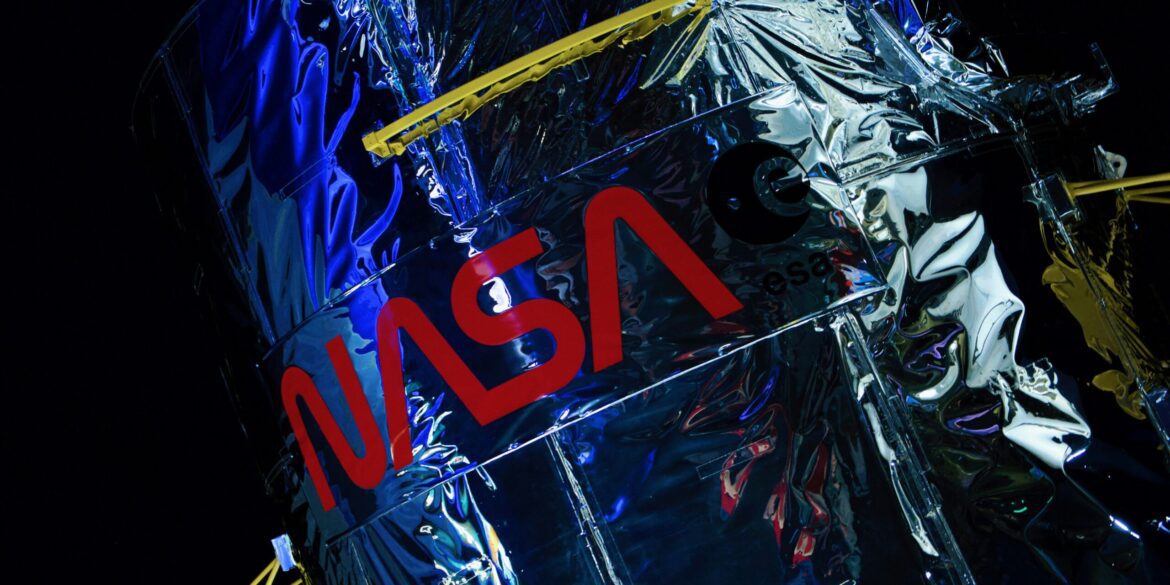NASA is currently keeping a close watch on asteroid 2025 FA22, which is set to make a close flyby of Earth on September 18, 2025. Discovered earlier this year by the Pan-STARRS 2 Survey in Hawaii, asteroid FA22 has drawn significant attention due to its impressive size and the proximity it will achieve during its approach. Measuring between 120 and 280 meters in diameter, FA22 is notably larger than the iconic Qutub Minar in Delhi, which stands at 72 meters. Its size alone is enough to capture the interest of astronomers and space agencies around the world, but it is its speed and trajectory that have caused the most focus. Traveling at a rapid speed of 24,000 miles per hour, FA22 will be moving faster than most other near-Earth objects that have been tracked.
Despite the asteroid’s dramatic size and the speed at which it is traveling, NASA has confirmed that there is no threat to Earth. The asteroid’s flyby will take it relatively close to our planet, but it will not intersect with Earth’s atmosphere or surface. The current trajectory of FA22 does not indicate any risk of impact. While this is reassuring, the event underscores the importance of the ongoing efforts by NASA and other space agencies to monitor and track near-Earth objects (NEOs). These efforts are part of global planetary defense strategies that are designed to prepare for any potential future threats posed by asteroids or comets.
The close monitoring of objects like FA22 is critical to understanding the behavior of these space bodies and assessing any risk they may pose. NASA has long been a leader in the study and tracking of NEOs, and its planetary defense programs aim to detect, track, and characterize asteroids that come near Earth. These programs are part of a larger international effort, with agencies like the Indian Space Research Organisation (ISRO) and others collaborating to develop technologies that could, if necessary, deflect or prevent an asteroid from impacting Earth. The ongoing observation of FA22 is part of this broader initiative to build a system of early detection and response to potential asteroid threats.
Read Also: https://goodmorningus.com/nasas-asteroid-2025-qv9-makes-close-flyby-of-earth/
While asteroid 2025 FA22 does not pose a danger, the study of such objects provides critical data that enhances our understanding of asteroid behavior. By tracking their size, speed, composition, and trajectory, scientists are gaining deeper insights into the characteristics of these celestial bodies. Such information is vital for improving hazard mitigation strategies and preparedness for any potential impact events in the future. Additionally, by studying FA22 and other objects, scientists hope to learn more about the origins and movements of asteroids, which could lead to advances in both space exploration and planetary defense technology.
Asteroids like FA22 are not the only space objects being closely monitored by scientists. Others, such as the infamous Apophis, have been a source of fascination and concern due to their potential to cause damage. The continued study and tracking of these objects are not only about preventing catastrophic impacts but also about expanding our scientific knowledge of the solar system. Every flyby, every observation, and every data point gathered on objects like FA22 helps scientists refine their understanding of the forces that govern the movement of asteroids and comets.
NASA’s role in tracking these objects is vital for the future of planetary defense. With advancing technology, the ability to detect and monitor near-Earth objects has improved dramatically in recent years. The more information we gather about these objects, the better equipped we will be to deal with them in the future, should the need arise. Although FA22 is not currently a threat, the possibility of more dangerous asteroids approaching Earth in the future remains a concern, which is why NASA and other agencies are dedicated to the continued study of NEOs.
As the scientific community continues to track and observe asteroid 2025 FA22, the knowledge gained from its flyby will contribute to a more comprehensive understanding of planetary defense. This flyby will serve as another important step forward in humanity’s ability to detect and respond to space objects, ensuring that we are better prepared for any potential threat that may arise in the future. With NASA at the forefront of these efforts, the agency continues to play a critical role in safeguarding Earth from the unknown dangers that lie in the vast expanse of space.

